Today I talk with David Kingham, the author of Craft and Vision’s latest ebook Nightscape, that is hot of the digital press. David is a landscape photographer currently living a nomadic life traveling the America West specializing in making breathtaking photographs of the night sky.
Use this audio player to listen:
Here are the questions I posed to David. Please listen to see how he answered them. 🙂
- How you got started in photography?
- How did your photography progress into night photography?
- You wrote a wonderful blog post about how you completely changed your life, which I’ll link to in the show-notes, but could you give us a brief outline?
- I really liked how you start with 22 pages of information on Understanding the Night Sky. How did you accumulate all this knowledge of your subject?
- You are also providing a series of presets with the book. Can you tell us how they tie into the book?
- You feature a number of stitched panorama photos and go on to discuss some of your techniques. What’s your most used technique for shooting the images to stitch together?
- I was surprised to see you recommend the use of fog filters to blur the night sky, although I now understand why having read your explanation. Could you explain this here for the listeners?
- The 500 Rule was also very helpful. I was happy to find that the settings I have used on the few occasions that I have done night sky photography were pretty much accurate, but I feel happier now that I have a proven formula to work with. Can you explain the 500 Rule?
- When I heard you were living out of a Toyota 4Runner and a tent, I realized just how hard you were working for your craft. How long have you been living the nomadic life now, and how long do you think you’ll be able to keep it up?
- What do you do for power?
- I know we’ve already covered a number of techniques, and I don’t want to give away too much, but could you give us your three top tips for others wanting to photograph Nightscapes?
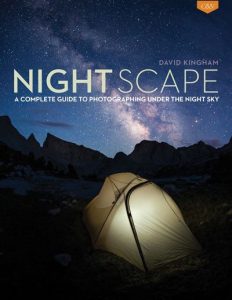 Check out Nightscape over on Craft & Vision here: https://mbp.ac/nightscape
Check out Nightscape over on Craft & Vision here: https://mbp.ac/nightscape
You can find David online here: http://www.davidkinghamphotography.com/
(There are more links below.)
Here are some of David’s beautiful Nightscape photographs, that we briefly discuss towards the end of the Podcast.
Also, I’m a little embarrassed to show these alongside David’s beautiful night sky images, but here are the photo from a time-lapse I was making, that I mentioned during our conversation where what would appear to be a meteor made the night sky as bright as day.
And here is the frame before the above photograph. You can just see a meteor on the horizon. I’m not sure if this could be the cause, especially as it was the previous frame, but it shows that there was some activity.
Show Notes
Check out Nightscape on Craft & Vision: https://mbp.ac/nightscape
David Kingham’s Web site: http://www.davidkinghamphotography.com/
Twitter: https://twitter.com/davidkingham
Google Plus: https://plus.google.com/+DavidKingham/posts
The blog posts mentioned:
How I Completely Changed My Life: http://www.davidkinghamphotography.com/blog/2013/1/how-i-completely-changed-my-life-in-1-year
Year Long Road Trip: http://www.davidkinghamphotography.com/blog/2014/3/a-year-on-the-road
Subscribe in iTunes for Enhanced Podcasts delivered automatically to your computer.
Download this Podcast in MP3 format (Audio Only).
Download this Podcast in Enhanced Podcast M4A format. This requires Apple iTunes or Quicktime to view/listen.


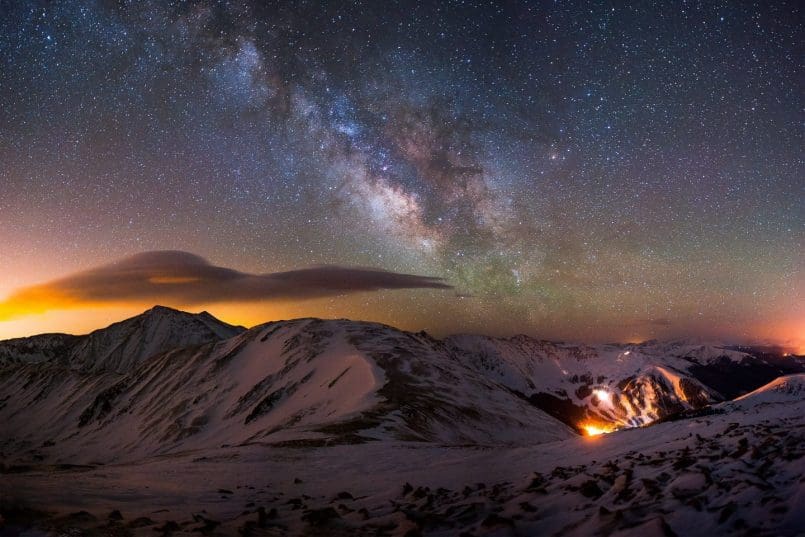
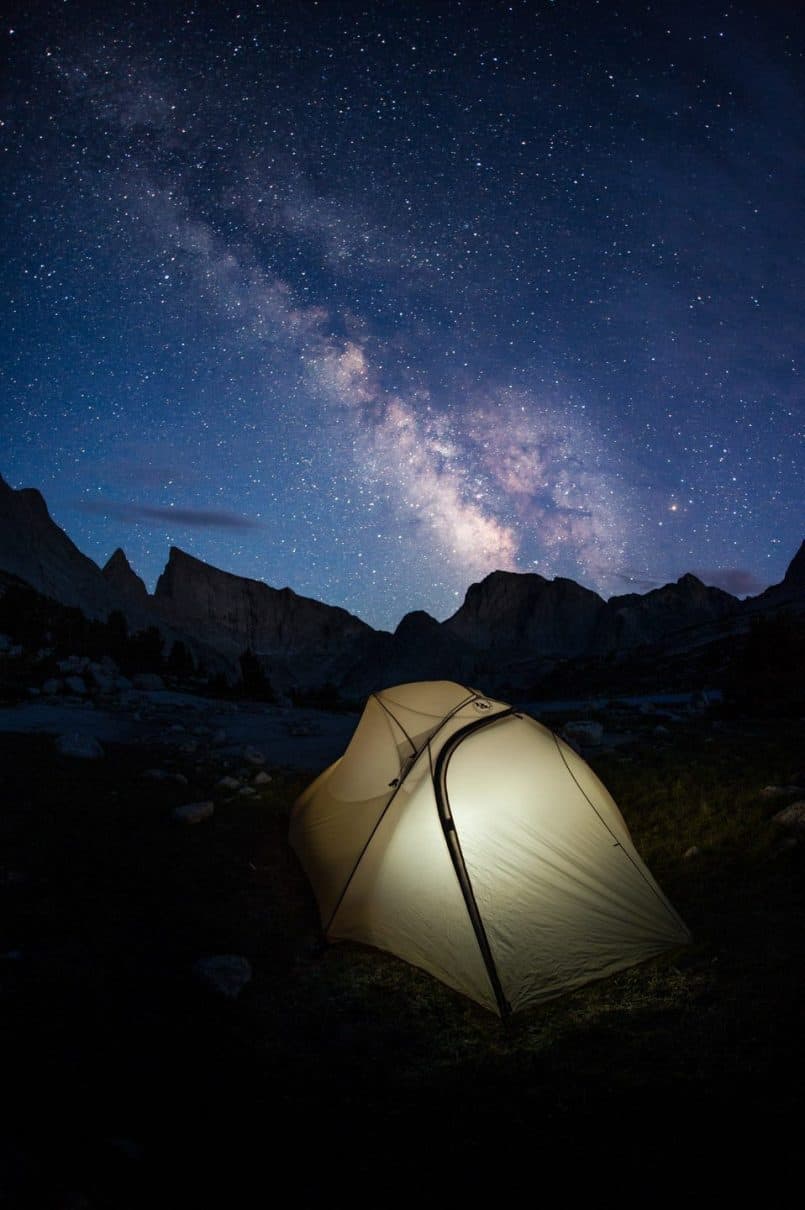
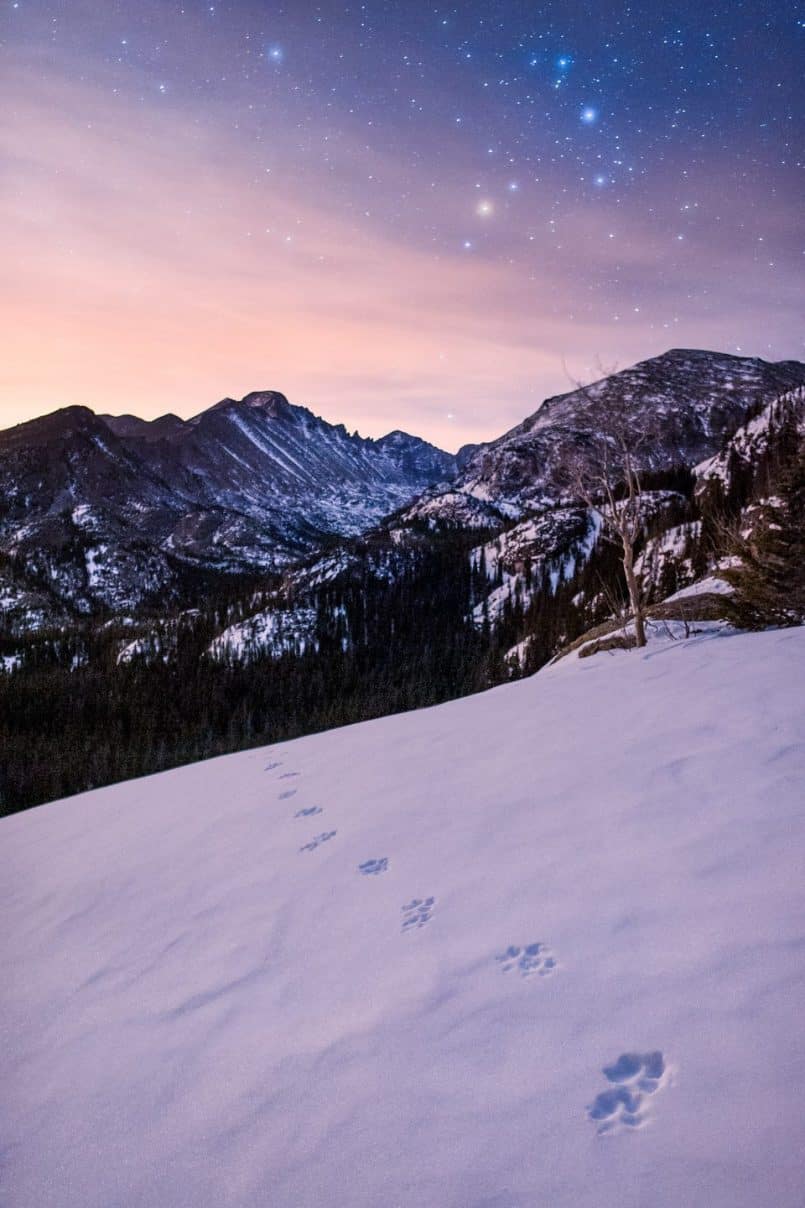


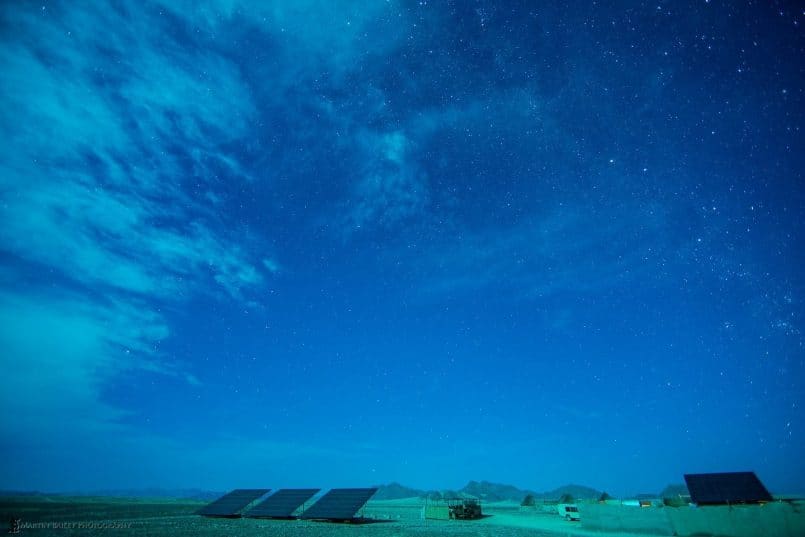


Martin, concerning your Namibia meteor experience, the only thing I can think of to explain it is that the meteor exploded when it penetrated deep enough into the atmosphere to be heated beyond some critical temperature. That sometimes happens. To get the lighting effect seen in the frame you post, I think the meteor must have exploded below your local horizon. My conjecture is supported by your previous frame which shows the meteor already near the horizon.
You were unbelievably lucky to capture this shot. The chances of everything that needed to happen happening while you were there with your shutter open are literally astronomical (pun intended).
However, I can’t take your assertion that the meteor flash turned night into day too seriously. I’m sure it seemed that way to your night-adapted vision, which wouldn’t be able to switch to daytime vision mode in the brief duration of the flash. If the flash had really been as bright as it seemed to be, it would have obliterated the stars that also appear on the right hand side of the image. I would say that the flash was as bright as the dawn sky with the sun a little below the horizon. That’s still very bright.
That’s what I was thinking too Morton. Assuming that it was the same meteor from the previous shot, that’s pretty much all it could have been.
As for night into day, I’m talking figuratively based on the resulting image. I was in bed when this happened. 🙂
With regards to your meteor ‘turning night into day’, I have to note a few things. First, if it really did turn night into day, your shot would have been whited out. What you got was more like turn dark of night into near full moon bright for a moment. I had that experience actually last year when I caught a fireball (approx -11 to -12 magnitude, which is about as bright as the full moon) during an astro-lapse sequence I was shooting in West Virginia. I’m assuming you did no white balance adjustments to the ‘bright as day’ image, yes?
Second point, the meteor you pointed out in the ‘before’ frame could not possibly have been the cause of the sky brightening. One bit of evidence is to note the shadows of the foreground objects, they aren’t in the direction away from your other meteor. Whatever the source of the flash of light, it was definitely off-camera, but not below the horizon.
Third, I don’t know what your delay interval was between shots (or any of your other EXIF info; helpful to know to help detective work on this 🙂 ), but meteors generally only last 1-2 seconds (if that). It is very very rare for them to last much longer than that. If you had been shooting with, say, a 5 second delay between shots, the meteor you captured would have long since burned up. If you had no delay between shots, you would have captured the rest of the track of the meteor, as it isn’t close enough to the horizon to instantly disappear between shots.
What was the date and time of this event? And location? You might have had a fireball off-camera but overhead somewhere that you caught the scattered light from. You may be able to track down more information about it here:
http://www.amsmeteors.org/fireballs/fireball-report/
Hi Indy,
I’m speaking figuratively about the night into day thing. The photo looks as bright as daytime. I’m not saying it was actually as bright as the daytime.
I’m sure you’re right though. It does seem a bit odd that the meteor captured was still around or even in the right place to light the scene up this much. The gap between frames was only two seconds, but still, I’m sure you’re right.
I was hopeful of the page you linked to, but that’s only US locations. I shot the above image in Namibia.
Thanks for the information though. I’m sure you’re right about the fireball.
Cheers,
Martin.
Hi Martin,
Ah, bummer that the link wasn’t helpful. Very sorry. If I get some time I’ll prowl around the net a little and see if I can find something more world-wide.
But I’m pretty darn confident that you caught the light of a fireball. You can compare from the fireball I actually caught in the field of view of my camera last September here: https://www.facebook.com/media/set/?set=a.232514713572741.1073741834.112568992233981&type=1&l=37c456016a
I was shooting 25 second exposures with a 5 second pause for the camera to write to the card and the cart on the slider to move. I got damned lucky to have caught that (and doubly lucky that I was sitting out with another camera about 100′ away, facing another direction, and I turned to look west *just* in time to witness this fireball drop in the sky in real life).
No problem on the link Indy. I didn’t mention above that this was Namibia. 🙂
It sure does look like the fireball you captured. Thanks for sharing the link. Great shot too!